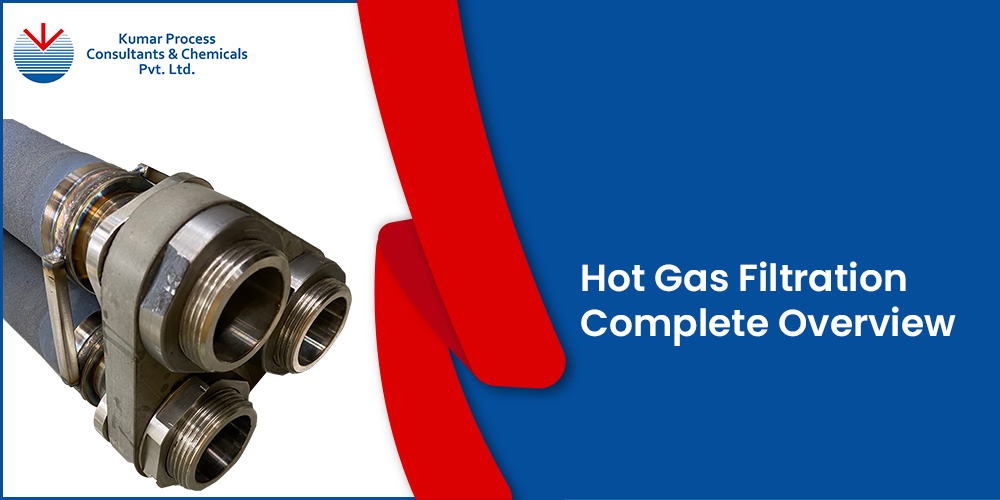


As the world continues to evolve, industries are facing stricter regulations regarding air emissions due to the rising pollution levels. Harmful gas and pollutants are contributing to the deterioration of the environment, including the depletion of the ozone layer. In response to these challenges, business owners are searching for cost-effective and efficient ways to reduce industrial emissions and protect the environment. One such method is hot gas filtration.
In this article, we’ll cover what hot gas filtration is, why it’s important, the types of filters used, and the benefits of adopting this technology in industrial processes. We will also explore hot gas filter cartridges, their functionality, and the various applications of hot gas filtration in modern industries.
Hot gas filtration is a process used to filter hazardous emissions from industrial processes. These emissions often contain particulate matter (PM) and harmful gas such as hydrogen chloride (HCl), sulfur dioxide (SO₂), hydrogen fluoride (HF), mercury (Hg), and more. Traditional filtration methods fail to operate efficiently at high temperatures, making hot gas filtration an essential solution for industries that deal with elevated temperatures.
In hot gas filtration systems, gas that reach temperatures of several hundred degrees are filtered using sintered metal hot gas filters or ceramic filter cartridges, which are capable of withstanding these extreme conditions. By capturing fine particulate matter (PM 2.5 and PM 10) and filtering hazardous gas, hot gas filtration ensures compliance with environmental regulations and protects human health.
Hot gas filtration is crucial for reducing industrial emissions and preventing harmful particulates from entering the atmosphere. Conventional filters cannot handle high temperatures, and they may allow fine particulate matter and hazardous chemicals to escape. Hot gas filter systems, on the other hand, offer the following advantages:
There are several types of hot gas filters designed to withstand high temperatures and efficiently capture harmful emissions. The most common types include:
The process of hot gas filtration involves several stages:
Hot gas filtration is widely used in industries that generate high-temperature emissions, such as:
Hot gas filtration is a proven and effective technology that plays a vital role in reducing industrial emissions and ensuring compliance with global air quality regulations. Filter cartridges for hot gas filtration, including ceramic filters, sintered hot gas filters, and metallic hot gas filters, are designed to withstand extreme temperatures and efficiently capture harmful particulates and gas. As a hot gas filter manufacturer, Kumar Process Consultants offers advanced hot gas filtration solutions that optimize industrial processes while minimizing environmental impact.
To learn more about how our hot gas filtration systems can benefit your business, contact us today. Ensure compliance, protect your equipment, and reduce emissions with cutting-edge hot gas filtration technology.
Hot gas filtration is a process used to filter and clean emissions from industrial processes that produce high-temperature gas, removing harmful particulates and gas before they are released into the environment.
By removing harmful particles and gas, hot gas filters protect downstream equipment from erosion, fouling, and pollution, which extends the lifespan of the equipment.
Sintered metal hot gas filters offer high durability, corrosion resistance, and the ability to operate at extreme temperatures, making them ideal for filtering harmful emissions in industrial settings.
Hot gas filtration is widely used in power plants, cement manufacturing, waste incineration, steel production, and chemical plants to reduce emissions and improve air quality.